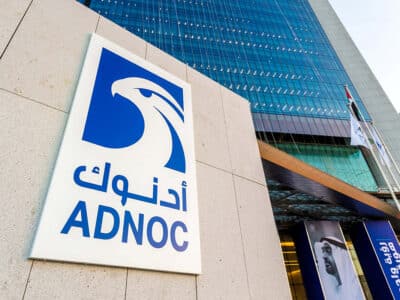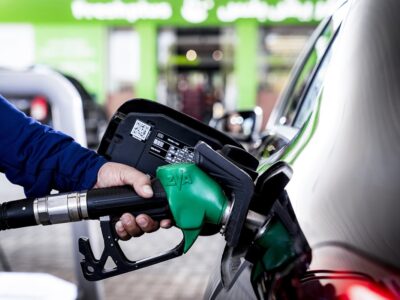Det Norske Veritas (DNV), the Norwegian standards agency wants to subject the capture, transmission and storage of CO2 in the oil and gas industry to international standards.
DNV is setting out to develop guidelines for carbon capture and storage. According to a statement issued by the organisation, ‘proper standards and best practices for capture, transmission and storage of CO2, as well as adequate qualification procedures do not currently exist in the oil and gas industry’.
To counter this the DNV is instigating three joint industry projects to develop a series of standards, methodologies and guidelines to speed up carbon capture and storage project development, decision processes and ongoing regulatory development. The projects will look at how to store CO2 in sub-seabed formations safely, how to qualify CO2 storage projects and new CO2 capture technology, and what should be the industrial standard for transmission of CO2 in pipelines.
“There are obstacles that need to be dealt with regarding carbon capture and storage. These are related to the regulatory, legal, economical and technological risks involved in developing and operating a carbon capture and storage system. By facilitating these projects on capture, transmission, and storage of CO2, DNV is contributing to the removal of several important barriers in order to realise the full vision of carbon capture and storage,” says Hans Axel Bratfos, head of DNV’s Cleaner Energy department.
Projects will involve international players from across the industry, but so far there is a distinctly Norwegian look to participants. The first project is already under way with Aker Kværner, Statoil, Norsk Hydro, and Statkraft involved. Two further projects – ‘transmission of CO2 in pipelines’ and ‘qualification of sites and projects for geological storage of CO2′ – are still calling for participants.







